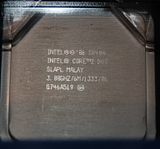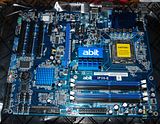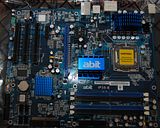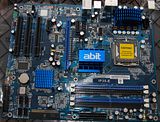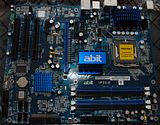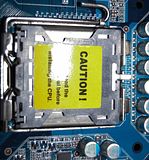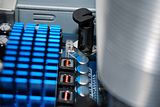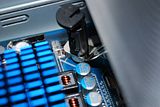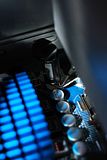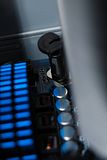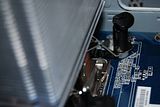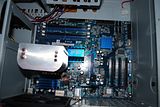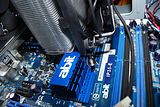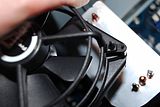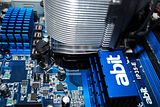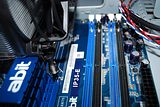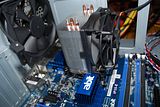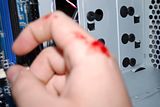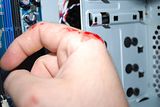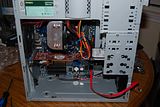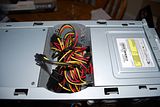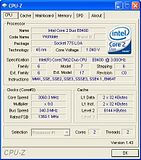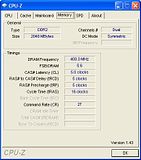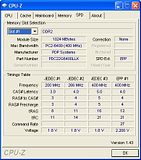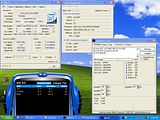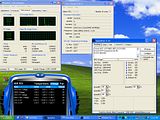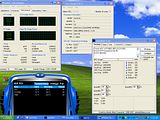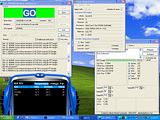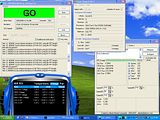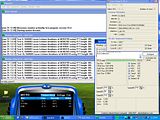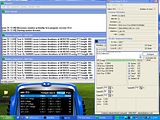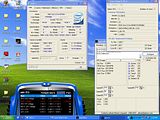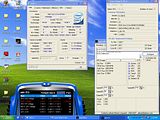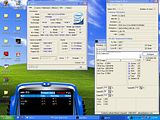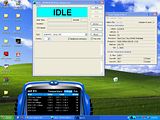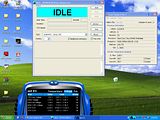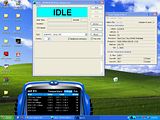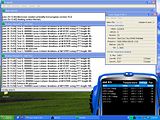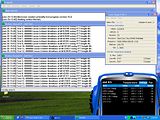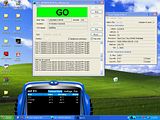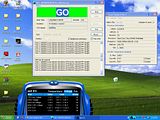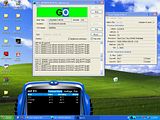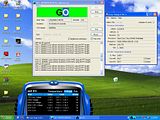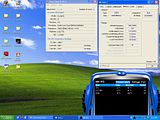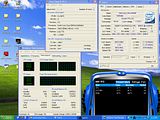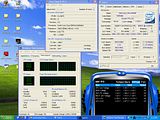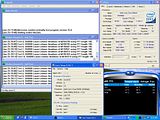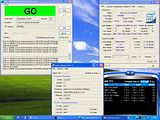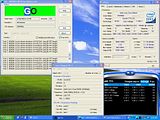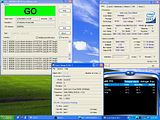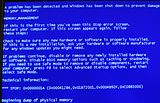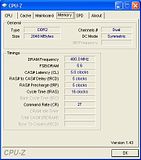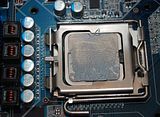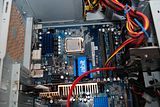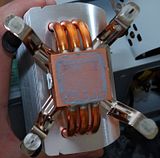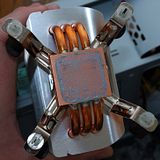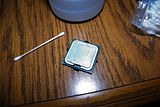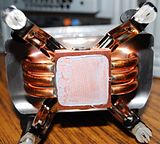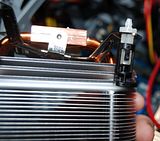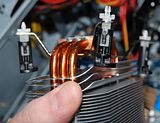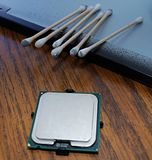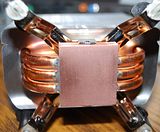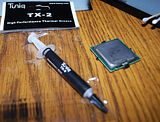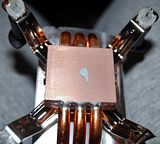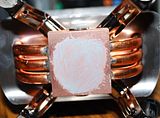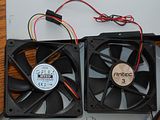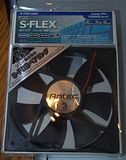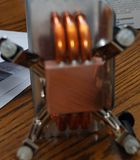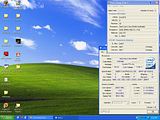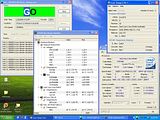Ok guys,
This is my very first OC (on a computer at least), I've always been an advocate of leaving things at stock and keep'em cool to get the most lifetime out of them. But with the recent reviews of the Q6600 and the E8400's overclockability (word/spelling?), it would be stupid not to take advantage of this added horse power ...
...
So tomorrow my E8400 comes in for my "Everyday Rig" (see sig), and I want to see what this sucker can do... I plan on keeping a log of my endeavor here in this thread for all to see
So to start off, I'll build the rig and run it at stock and run Prime95 and Orthos to get baseline temps, and from there I'll start bumping it up until it hits a level I am comfortable with (preferable keep the temps under 55c, is that a good max temp to shoot for?).
A couple of questions before I begin my quest:
Thanks in advance for all feedback/comments,
Wish me luck,
-BassKozz
This is my very first OC (on a computer at least), I've always been an advocate of leaving things at stock and keep'em cool to get the most lifetime out of them. But with the recent reviews of the Q6600 and the E8400's overclockability (word/spelling?), it would be stupid not to take advantage of this added horse power
So tomorrow my E8400 comes in for my "Everyday Rig" (see sig), and I want to see what this sucker can do... I plan on keeping a log of my endeavor here in this thread for all to see
So to start off, I'll build the rig and run it at stock and run Prime95 and Orthos to get baseline temps, and from there I'll start bumping it up until it hits a level I am comfortable with (preferable keep the temps under 55c, is that a good max temp to shoot for?).
A couple of questions before I begin my quest:
- Is there a need for a "Burn-In" period, before I start OC'ing?
- (repeat above)What is a good max temp to shoot for, for a system that will be on 365/24/7 ?
- Any other words of wisdom?
Thanks in advance for all feedback/comments,
Wish me luck,
-BassKozz
![[H]ard|Forum](/styles/hardforum/xenforo/logo_dark.png)

